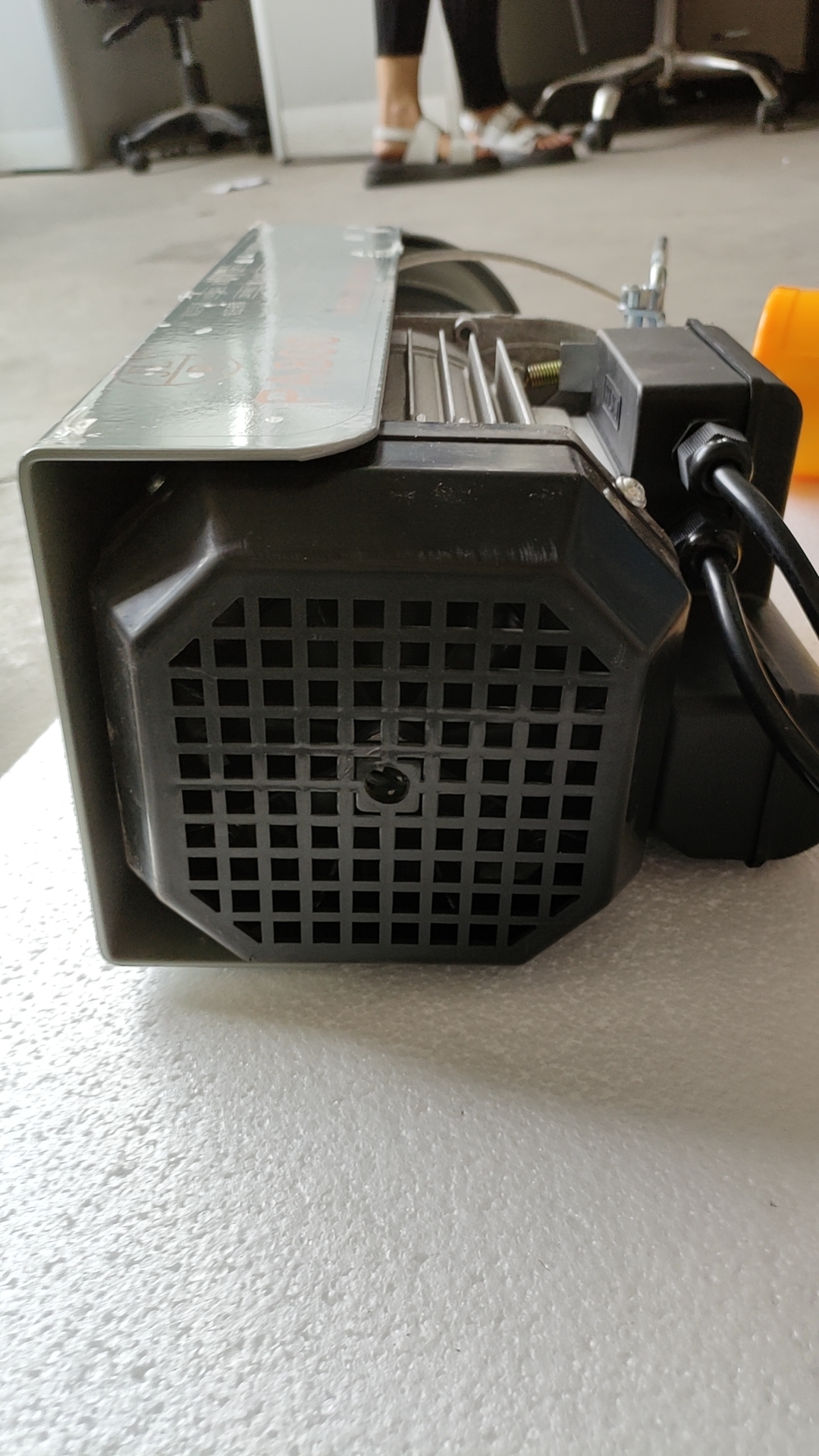


The Importance of Anti-Fall Devices Ensuring Safety and Prevention
In an age where safety and health are paramount, particularly for vulnerable populations such as the elderly and patients in healthcare facilities, the implementation of anti-fall devices has become a critical aspect of care and prevention. Falls are one of the leading causes of injury among older adults, often resulting in serious complications, including fractures, head injuries, and a decline in independence. The integration of anti-fall devices into daily life can significantly mitigate these risks, ensuring a safer environment for individuals at risk of falling.
Anti-fall devices encompass a wide range of technologies and tools designed to prevent falls or lessen their impact. These devices can be divided into several categories, including wearable technology, environmental modifications, and alert systems. Wearable devices, such as smartwatches and personal emergency response systems (PERS), often feature accelerometers and gyroscopic sensors that can detect sudden movements indicative of a fall. In the event of a fall, these devices can automatically alert caregivers or emergency services, thereby providing immediate assistance.
Environmental modifications are also essential in the fight against falls. These may include the installation of grab bars in bathrooms, non-slip mats, and proper lighting to illuminate dark areas. The use of anti-slip footwear and safety harnesses can further enhance stability and security for at-risk individuals. By addressing potential hazards in the living environment, the likelihood of falls can be significantly reduced.

Moreover, advanced technologies such as robotic exoskeletons and fall detection systems are on the horizon, offering exciting prospects for enhancing mobility and safety. Robotic exoskeletons provide support for those with weakened muscles or mobility issues, allowing them to regain independence while reducing the risk of falls. Fall detection systems, often integrated into home monitoring systems, use sensors to track an individual’s movements and alert caregivers if unusual patterns or potential falls are detected.
Education and awareness are also key components in the effectiveness of anti-fall devices
. Caregivers, family members, and healthcare providers must be trained on the proper use and benefits of these devices. Regular assessments of the individual’s living environment and mobility status can help identify areas for improvement and ensure that the right tools are in place.Beyond individual and environmental measures, the collective push for anti-fall devices resonates with a broader societal imperative enhancing the quality of life for all individuals, especially the elderly population. As the global demographic shifts towards an aging population, it becomes increasingly crucial to prioritize fall prevention strategies. Governments and healthcare organizations are encouraged to invest in research and development of innovative anti-fall technologies, as well as to promote public awareness campaigns that highlight fall prevention strategies.
In conclusion, anti-fall devices play a pivotal role in enhancing safety for those at risk of falling, particularly the elderly and individuals with mobility challenges. By implementing a combination of wearable technology, environmental adjustments, and education, we can create safer living spaces that promote independence and well-being. As technology continues to advance, the future of fall prevention looks promising, paving the way for a society that prioritizes safety and health for all its members. Balancing innovation with compassion will ensure that individuals can lead fulfilling lives with dignity, free from the fear of falls.



